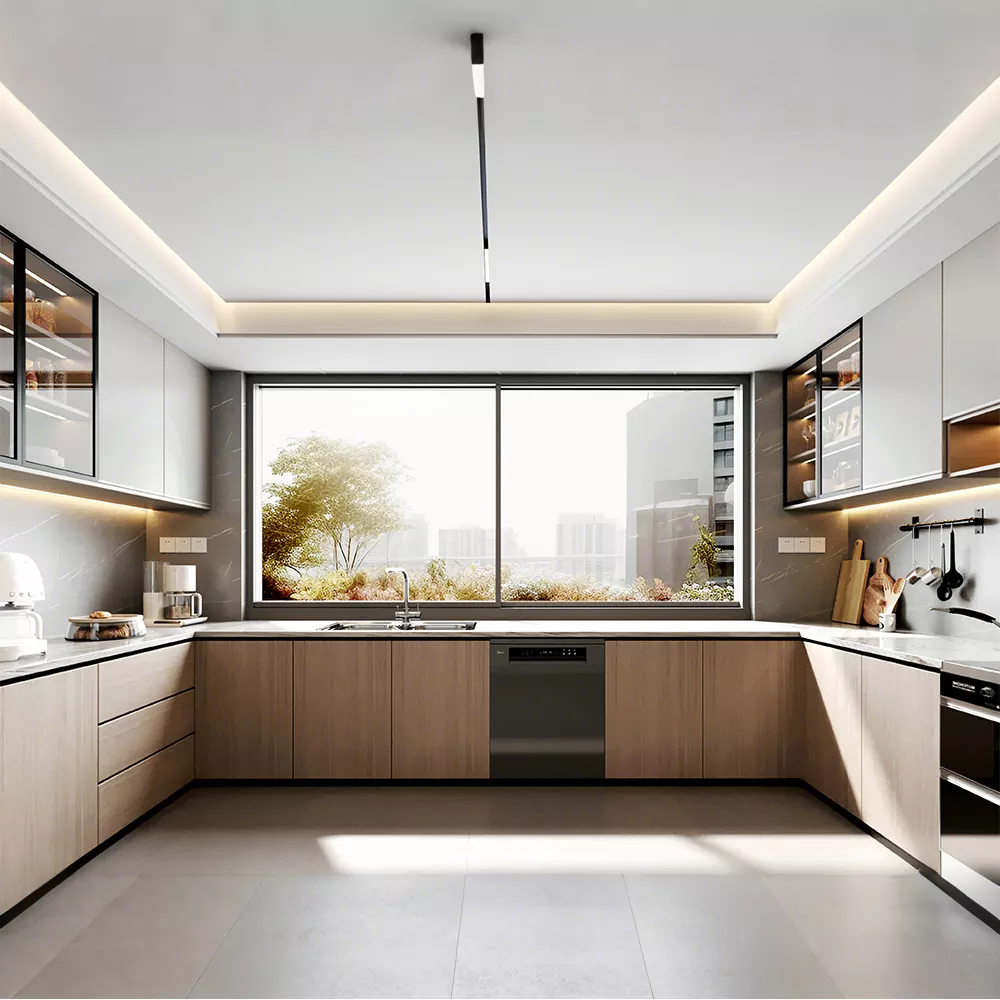Why Are Sliding Windows the Smart Choice for Modern Homes and Offices?
2025-08-13
Sliding windows have become an increasingly popular solution in both residential and commercial construction projects. They combine functionality, aesthetics, and durability, making them suitable for a wide range of environments. In this article, we explore the technical specifications, benefits, applications, and common questions surrounding Sliding Window systems, so you can make an informed decision for your building project.
What Is a Sliding Window and How Does It Work?
A sliding window is a window design where one or more sashes slide horizontally along a track. Unlike casement windows that open outward or inward, sliding windows operate within their frame, which helps save space and offers a clean, modern appearance.
The mechanism typically involves:
-
Horizontal tracks made of aluminum or stainless steel for smooth operation.
-
Roller assemblies to reduce friction and ensure effortless sliding.
-
Weather sealing for insulation against wind, rain, and dust.
-
Locking system for security and safety.
This design is especially suitable for spaces where outward or inward swinging windows are impractical, such as narrow balconies, high-traffic walkways, or rooms with limited clearance.
Key Features and Technical Parameters of Sliding Window
When choosing a Sliding Window, paying attention to the specifications ensures both performance and longevity.
Material Options
-
Aluminum alloy: Lightweight, corrosion-resistant, suitable for modern aesthetics.
-
uPVC: Excellent insulation, low maintenance, and cost-effective.
-
Wood-clad aluminum: Combines natural wood finish inside with weather-resistant aluminum outside.
Glass Types
-
Single glazing: Suitable for interior use or mild climates.
-
Double glazing: Enhanced thermal and sound insulation.
-
Tempered or laminated glass: Safety-focused, impact-resistant.
-
Low-E coated glass: Improves energy efficiency by reflecting infrared heat.
Basic Product Parameter Table
| Parameter | Specification Range | Notes |
|---|---|---|
| Frame Material | Aluminum, uPVC, Wood-Clad | Weather-resistant, low maintenance |
| Glass Thickness | 5mm – 12mm (single) / 20mm – 28mm (double) | Customizable for climate & safety |
| Opening Type | Horizontal sliding (single or double sash) | Smooth track system |
| Frame Color Options | White, Black, Gray, Wood Grain | Powder-coated for durability |
| Hardware | Stainless steel, anodized aluminum | Corrosion-resistant |
Advantages and Applications of Sliding Window
Main Advantages
-
Space efficiency: Does not require extra space for opening, ideal for small rooms.
-
Wide view: Large glass panels allow for better natural light and unobstructed views.
-
Low maintenance: Simple track system with minimal moving parts reduces maintenance needs.
-
Energy efficiency: With proper glazing, reduces heat loss and minimizes energy bills.
-
Durability: High-quality materials ensure a lifespan of 20–30 years.
Applications
-
Residential houses: Living rooms, kitchens, and bedrooms where ventilation and light are important.
-
Commercial buildings: Office partitions, meeting rooms, and storefronts.
-
Hospitality industry: Hotels and resorts seeking panoramic views.
-
Healthcare facilities: Clinics and hospitals for easy cleaning and hygienic design.
FAQ – Common Questions About Sliding Window
Q1: How do I maintain a Sliding Window for long-term use?
A1: Regularly clean the glass with mild detergent, vacuum dust from the tracks, and apply lubricant to the rollers twice a year. Avoid using harsh chemicals that could damage the frame coating or seals.
Q2: Can a Sliding Window be made with double glazing for energy savings?
A2: Yes. Double-glazed sliding windows significantly reduce heat transfer and noise. This option is ideal for both cold and hot climates, offering energy bill savings and better indoor comfort.
Q3: Is a Sliding Window suitable for high-rise buildings?
A3: Absolutely. With proper wind-load design and safety glass, sliding windows perform exceptionally well in high-rise structures. They also reduce the risk of accidents since they do not swing outward.
Q4: How secure is a Sliding Window compared to other types?
A4: Security depends on the locking system. High-quality sliding windows use multipoint locks and reinforced frames, making them as secure as, if not more secure than, conventional windows.
Q5: Can a Sliding Window be customized in size and color?
A5: Yes. Manufacturers offer a wide range of customization options, including dimensions, frame colors, glass patterns, and hardware finishes to match architectural styles.
Conclusion
Sliding windows are a versatile, stylish, and practical choice for modern buildings. By understanding the specifications, performance benefits, and maintenance tips, you can ensure that your investment enhances both the function and aesthetic of your space. For professional consultation, custom design, and high-quality production, contact Fujian Guohua Construction Co., Ltd. — your trusted partner in architectural solutions.
